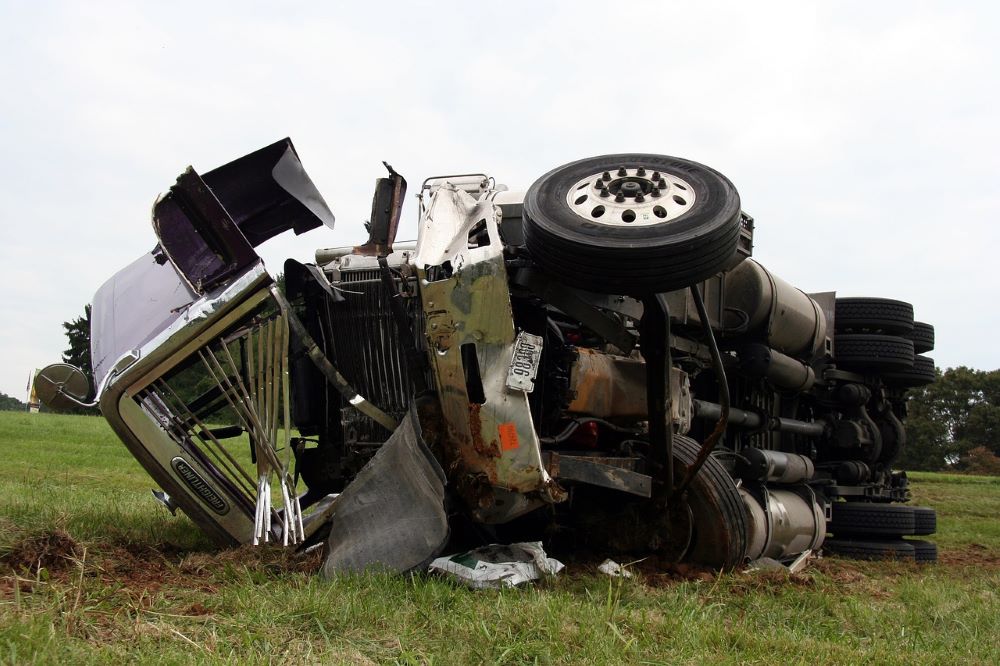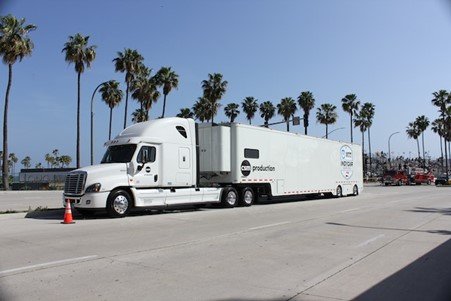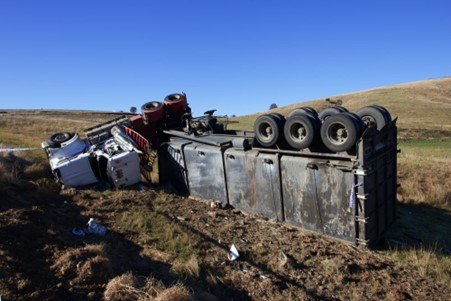
Handling a fatal semi-truck accident is more complex than handling an accident involving regular cars.
Semi-trucks are subject to strict regulations that may not apply to regular cars. You must comply with all the FMCSA semi-truck accident regulations to be safe.
Additionally, more than one party can be liable for the crash. You need to handle the truck accident in a way that protects your rights to compensation for all injuries and damages incurred.
There are nine steps you should take to abide by the law and optimize your chances of maximum compensation. This will help you deal with the aftermath and get back on track sooner.
Handling a Fatal Semi-Truck Accident: 9 Steps
Some truck accidents lead to severe injuries or fatalities. It can be terrifying, but you must stay at the accident scene and avoid panicking.
If you leave the accident scene before following due process, you risk losing your truck driving license or having criminal charges filed against you. Doing this also reduces your chances of getting compensated for any damages. Here’s how to handle a fatal semi-truck accident correctly.
At The Accident Scene
Step 1: Confirm That Everyone is Safe
In a fatal truck accident, your safety and that of your passengers should be your top priority. If you’re injured, stay still until help arrives. If you’re uninjured and can move, check on other occupants of your truck and occupants of other vehicles involved.
Avoid moving any injured victims, as it may make their condition worse.
Step 2: Call Emergency Services
Call 911 to get first responders dispatched to the accident scene as soon as possible. In most states, calling the police to the scene and filing a report is mandatory if the crash led to severe injuries, multiple fatalities, or extensive damage to vehicles.
When dealing with the authorities and any other party approaching you, words matter. Be careful not to admit fault to anyone in any way when giving an account of what happened. Anything you say throughout the investigation can work as evidence against your claim.
Step 3: Collect Evidence
Start building your case by documenting the accident scene. Take pictures of the damage incurred to use as evidence when proving your claim to insurers or the court should your case get to trial. Specifically, take photos of the following:
- Your semi-truck and the damage sustained
- The other vehicles involved in the crash
- Skid marks, shattered glass, and other physical evidence on the ground, such as car parts
- Landmarks and street signs to show the location of the truck crash
Often, fatal truck accidents cause a traffic build-up and are newsworthy. You might get tempted to share photos of the scene on your social media pages, but don’t do it. Your online post could weaken your claim and reduce the settlement amount.
Step 4: Get Information on Those Involved
It’s also critical for you to get the details of everyone involved in the crash. In an accident including another semi, pickup, and a cab, the following info may come in handy:
- Drivers’ names and addresses
- License number of the other semi-truck driver plus the trucking company they work for
- The plate number of the semi and further identifying details like the make or model
- Insurance company info, including policy number
- Eye witnesses’ names, phone numbers, or addresses
- Generally, the more information you get, the easier it is for you to file a personal injury claim correctly if you were not the at-fault party.
After The Accident
Step 5: Seek Medical Evaluation and Document Treatment
Seek medical evaluation even if you feel fine. Keep all medical records, including your expenses, safely. You may need these to submit with your claim.
As a company truck driver, you must take post-accident alcohol and drug tests following applicable federal alcohol testing requirements. Your employer is required by law to ensure this happens.
Step 6: Get The Vehicle Appraised
If you’re an independent truck driver or owner-operator, get your semi-truck appraised to evaluate the damage and estimate the repair cost. Ensure you follow the vehicle appraisal guidelines your insurer requires so they don’t refuse to settle your claim.
For those with towing add-on coverage, you can have your vehicle towed. However, request the mechanic not to repair any damage until you clear the vehicle with your insurer.
Step 7: Contact a Commercial Semi-Truck Accident Lawyer
Consult a qualified semi-truck accident attorney before reaching out to your insurance company. The lawyer will help you identify the legal routes you can take and how much in settlement you deserve. Your legal team can also help you handle multiple insurers and deal with any lawsuits you may face.
Step 8: Alert Your Insurance Company
Once you know your legal stand, alert your insurance company and file a claim. Ensure you do this within the time frame specified by your insurer to avoid denial of coverage.
You may also want to file settlement claims with the insurers of all the parties responsible for the accident if you were not at fault. These may include your trucking company, vehicle manufacturers, repair companies, government entities, etc. It’s best to let your lawyer handle this so you can get maximum compensation from each party.
Step 9: Complete Repairs or Get a New Semi
The last step is to get your truck repaired to get back on track. You can also opt to purchase a new semi if the one you have is irreparable. Mission Financial Services can help finance your commercial vehicle loan repairs or new semi-truck purchase. Here’s a step-by-step guide on financing a semi-truck you can follow to get the help you need.
Conclusion
It’s worth emphasizing that you should avoid talking to the representatives of insurance providers (including your own) before consulting your lawyer.
Insurers almost always put their interests first, and they’ll offer less than you deserve. This will happen from when the accident occurs until a fair settlement is reached, so you must stay vigilant throughout.
For more information on financing your truck’s repairs or buying a new one after a truck accident, contact us at Mission Financial Services. We are always ready to help you get your life back on course and can customize our financing options to your specific situation.



























